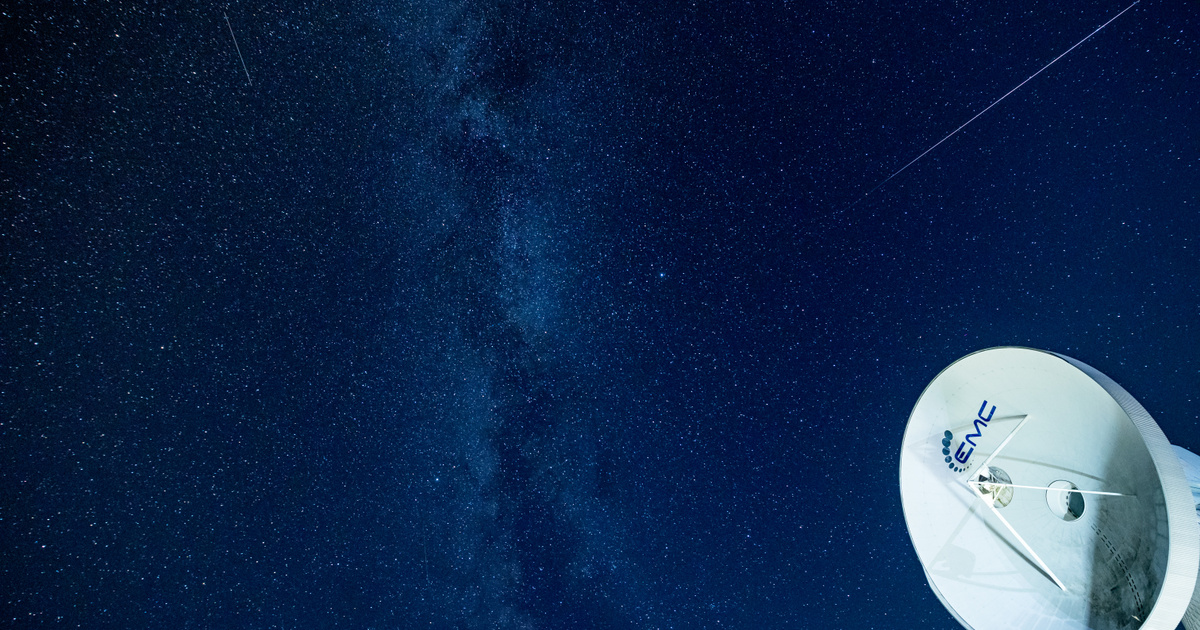The Eta Aquarida meteors, which can be observed during meteors, are famous for their speed, because they reach a very high speed, approximately 66 kilometers per hour, and stop suddenly when they reach the Earth’s atmosphere.
Instead of an average of 25 meteors per hour, we can now enjoy up to 60 meteors per hour, the ad said.
This year, the swarm reaches its peak at dawn on Sunday.
As written, it's worth looking east into the sky and enjoying the May shooting stars from a dark, rural location with a good horizon. If it's not clear at dawn on Sunday, don't be discouraged either, because the maximum of Éta Aquarids has been extended, so we can see a rich shower of meteors in the morning hours until a day or two earlier. And after.
The statement indicates that Eta Aquarius is the fourth most powerful meteor shower this year, which reaches its peak at the beginning of May each year. The original object of the meteor shower is Halley's Comet.
Halley's Comet will be visible in 2061
According to information, detection is made easier thanks to the fact that our celestial companion will be in a phase around the new moon, where the crescent does not even reach 6 percent. Thus, the richest fall is expected between 3 and 4 am, that is, approximately after 3:30, when the radiation point is already above the horizon.
He wrote that Halley's Comet orbits the Sun every 76 years on average. The oldest historical record of it is believed to date back to 467 BC. His last visit to Earth was in 1986, and he will return next in 2061.
The Earth's orbit intersects with the comet's orbit twice a year, resulting in meteor showers. The densest swarm is Eta Aquarius in May, which formed along the descending node, and other Orionids formed along the ascending node, but only a third of them were active, at the end of October, the announcement said.














































